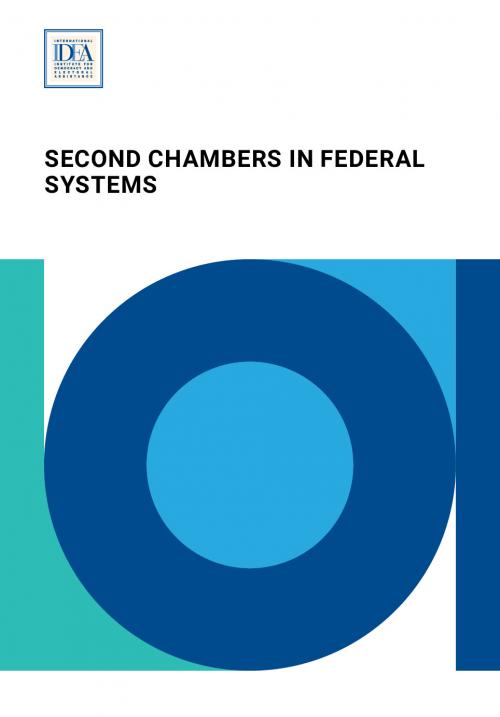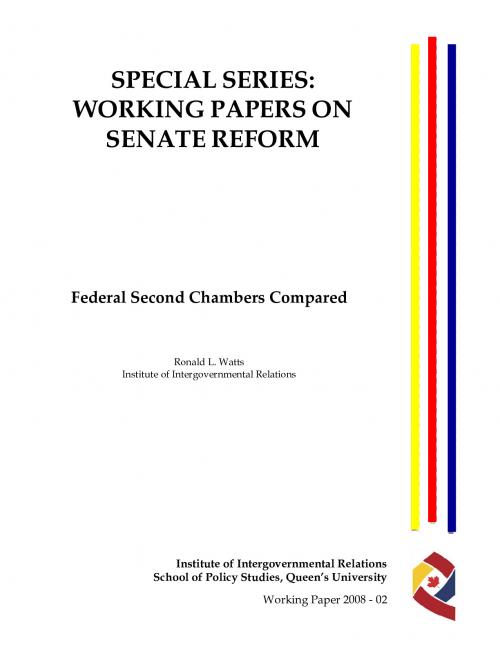The reports on this page provide guidance on issues related to the legislative branch of government, including legislative structure/bodies legislative powers, legislative process and legislative eligibility and removal.
Selected Materials

This Constitutional Design Primer from International IDEA discusses discusses various constitutional design alternatives related to the structure and responsibilities of second houses in federal systems.

This Constitutional Design Primer from International IDEA discusses the reasons for bicameralism, and different options concerning the composition and powers of a second chamber (also available in Spanish, Arabic and Myanmar language from the International IDEA website).

This Constitutional Design Primer from International IDEA discusses the rules and reasons for ending the term of office of a legislature.
This document seeks to provide guidance to emerging democracies on the issue of whether the legislative branch should have one chamber, or two. It provides a detailed description of the two structures of the legislature, including their origins, common organization and functions, and their respective advantages. The paper ends with a discussion of the methods of reconciling the functions and powers of a two chamber legislature. These include: giving one chamber the final say, defining the power of the chambers depending on the nature of the legislation, and forcing agreement between the two chambers at the risk of killing the proposed law and/or dissolving the legislature.

This paper appears as chapter 5 of International IDEA’s publication A Practical Guide to Constitution Building. It focuses on the design of the executive branch of government. The paper starts by setting out the various models for legislative design, along with their strengths and weaknesses. The models include presidential, parliamentary, and mixed (or semi-presidential) systems of government. A discussion concerning the importance of design options for all political actors follows, along with a discussion of the importance of the political context within the state. The report then discusses various institutional design options, focusing on: forms of representation in the legislative branch, legislative oversight, and checks on legislative autonomy. Finally the report discusses the legislature''s substantive powers, including their law-making powers, their powers to amend the constitution, and some of their special powers, including the power to grant amnesty or pardons and their powers in states of emergency.
These documents are a compilation of comparative charts concerning various powers of national legislatures. The charts compare the legislative powers across countries with respect to the following substantive areas (in order):
Amendment of the Constitution
Power to Grant Amnesty
Appointment of Legislators
Power to Declare War
Power to Mandate Expenditure of Funds
Immunity of Legislators from Arrest and Prosecution
Legislative Immunity from Dissolution
Powers to Impeach Head of State
Initiation of Bills in All Substantive Areas
Availability of Judicial Review of Legislative Acts
Monopoly over Law-Making
Powers Legislature's Control over its Operational Resources
Power to Grant Pardons
The Extent to Which Legislative Act are Veto-Proof
Keywords: Legislature/Legislative, Legislative Powers, Example, UNS.

This working paper from the Institute of Intergovernmental Relations surveys the composition and powers of a range of second houses in federal systems.
